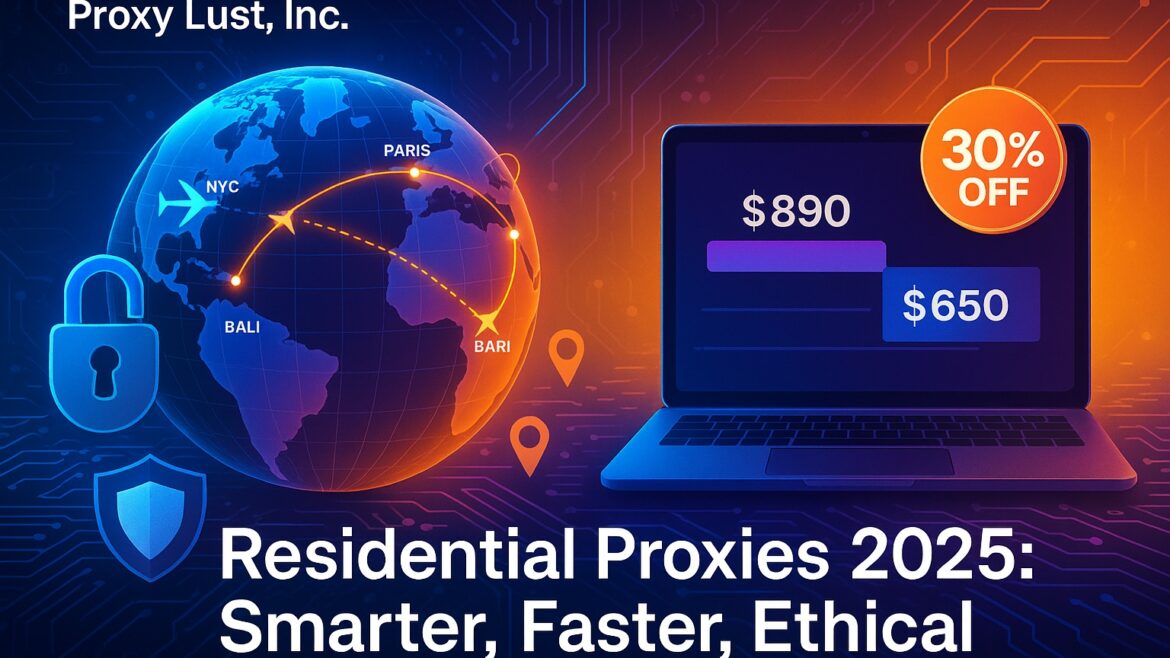The $3B proxy market is evolving faster than ever. As AI detection and privacy laws tighten, residential proxies face revolutionary shifts. Here’s what’s coming:
1. AI-Optimized IP Rotation
Static IP pools will die. By 2025, machine learning will dynamically analyze:
- Real-time website anti-bot patterns
- ISP throttling behaviors
- Geolocation demand spikes
Outcome: Self-adjusting IP clusters that mimic human traffic 99.9% accurately.
2. Blockchain-Verified Consent
Ethical scrutiny will force transparency. Expect:
- Public ledgers proving opt-in user consent
- Smart contracts compensating IP donors instantly
- Reputation scores for proxy providers
Prediction: 70% of enterprises will mandate blockchain audits by 2026 (Gartner).
3. Edge Computing Integration
Proxies will merge with CDNs for localized processing:
plaintext
User → Residential IP → Edge Node (Process data) → Cleaned results
Benefits: 200% faster scraping + 50% lower bandwidth costs.
4. Industry-Specialized Proxies
Generic pools won’t cut it. Vertical-specific solutions will emerge:
- E-commerce Proxies: Optimized for Amazon/AliExpress
- Social Media Proxies: Pre-trained on Meta/TikTok algorithms
- SEO Proxies: Built for Google Search Console patterns
5. Stricter Geo-Legal Compliance
GDPR 2.0 and US Privacy Shield 3.0 will enforce:
- IP donor citizenship verification
- Automated data sovereignty routing
- Real-time government compliance APIs
Risk: Non-compliant providers face 8-figure fines.
The Big Picture
Bottom Line: Expect 40% market consolidation by 2027 as providers race toward integrated AI/blockchain solutions. Adapt or get blocked.




